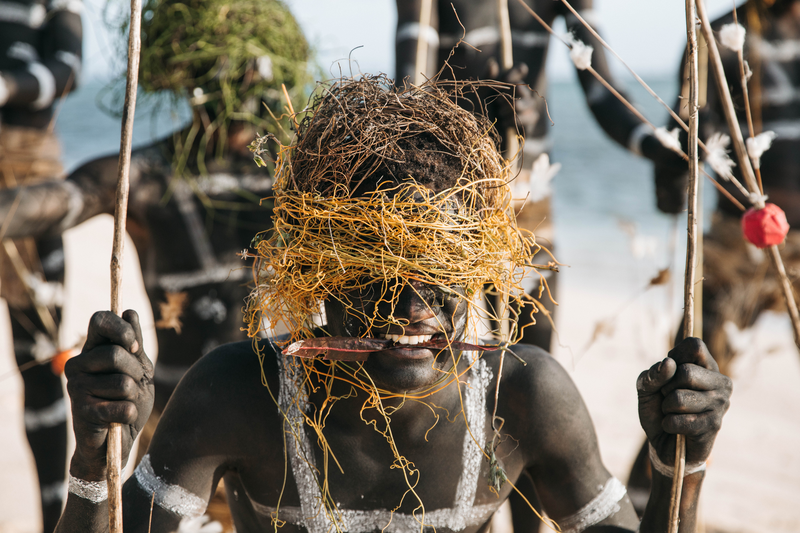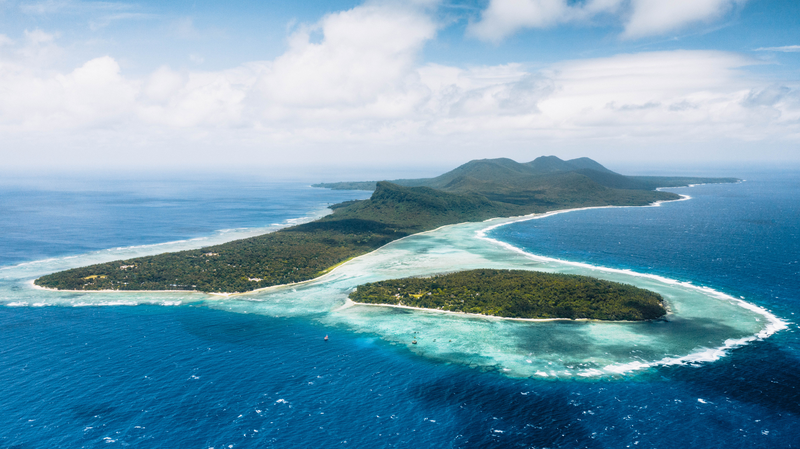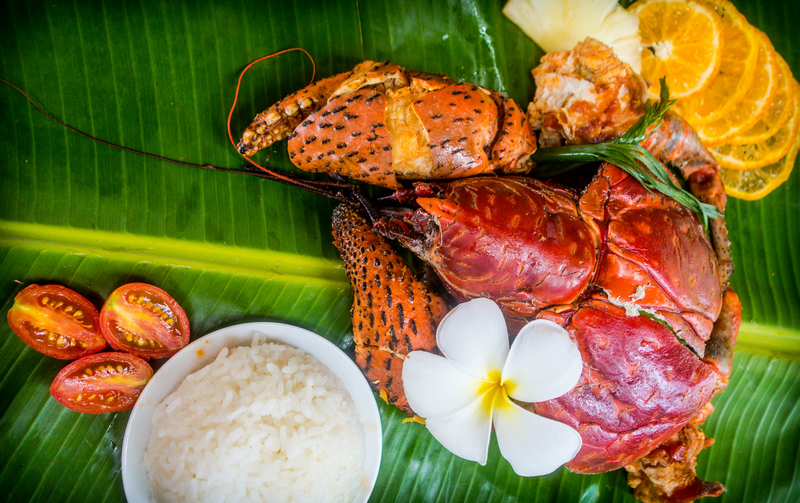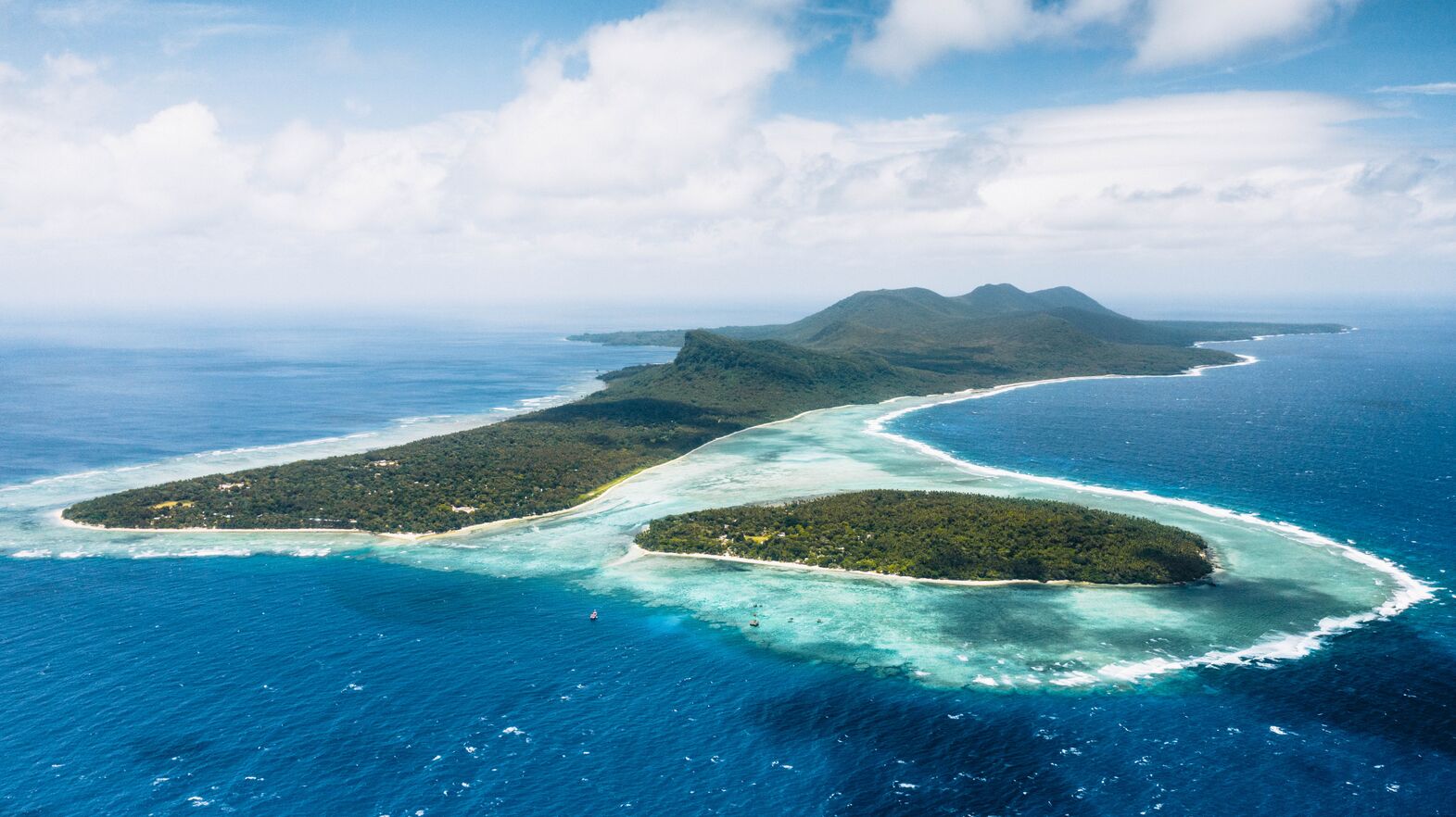Torba Province, located at the northernmost tip of Vanuatu, is the most isolated and untouched region of the archipelago. It consists of two main island groups: the Torres and Banks Islands, whose initials form the name Torba. With its traditional villages, volcanic landscapes, lush forests, and pristine beaches, Torba is an ideal destination for travelers seeking authenticity and adventure.
Torba is a land of nature and traditions, perfect for those looking for a truly off-the-beaten-path experience. With active volcanoes, unspoiled coral reefs, majestic waterfalls, and ancient customs, this province offers an unforgettable journey to one of Vanuatu’s last remaining wild frontiers. Its geographic isolation has allowed unique kastom traditions to endure, making this province a living museum of Melanesian culture.
Here, the art of sand drawing, recognized as UNESCO Intangible Cultural Heritage, is still practiced in several villages. Locals continue to use shell money for traditional exchanges and ceremonial transactions, and the Snake Dance, which mimics the undulating movements of reptiles, is performed during festivals and significant events. Water Music, a fascinating musical tradition where women create rhythmic sounds by striking the water’s surface, originated in the Banks Islands and remains an enchanting spectacle to witness.
Far from mass tourism, this province offers a unique immersion into kastom culture, where traditions have been passed down for generations. Sola, located on Vanua Lava, serves as the administrative center and is one of the few places in the province offering modern amenities in this largely unexplored region.


















